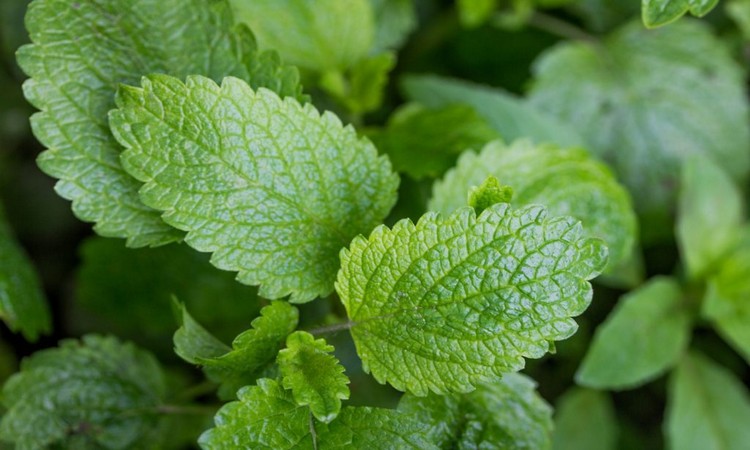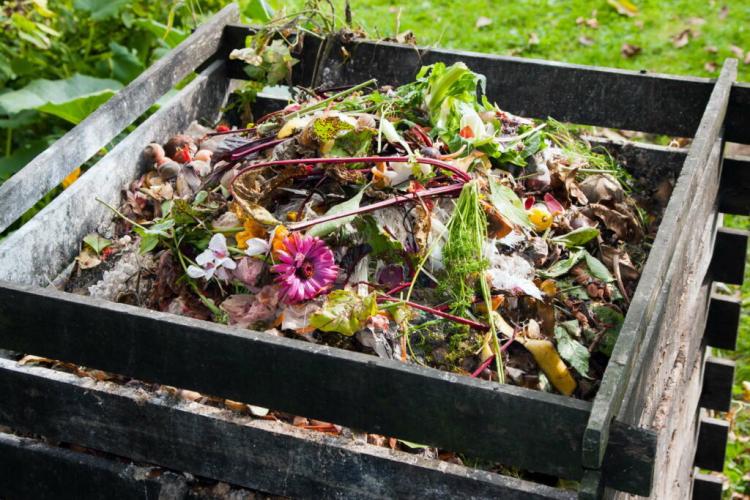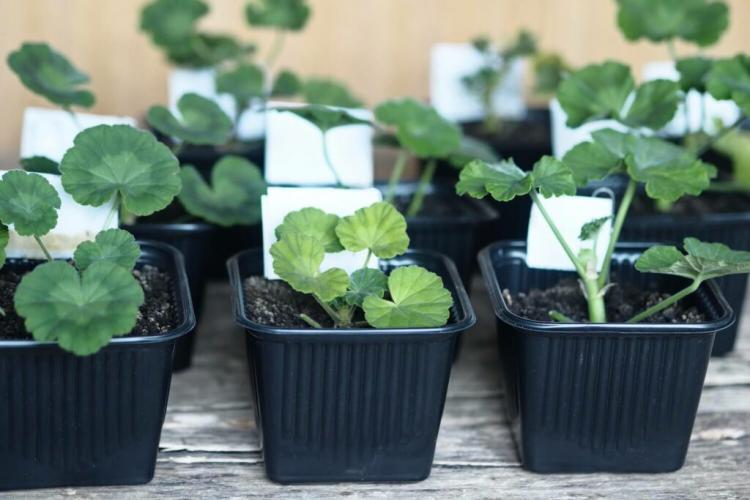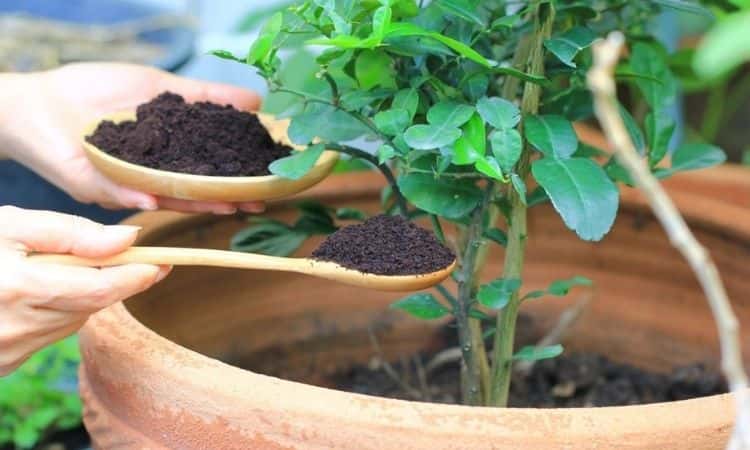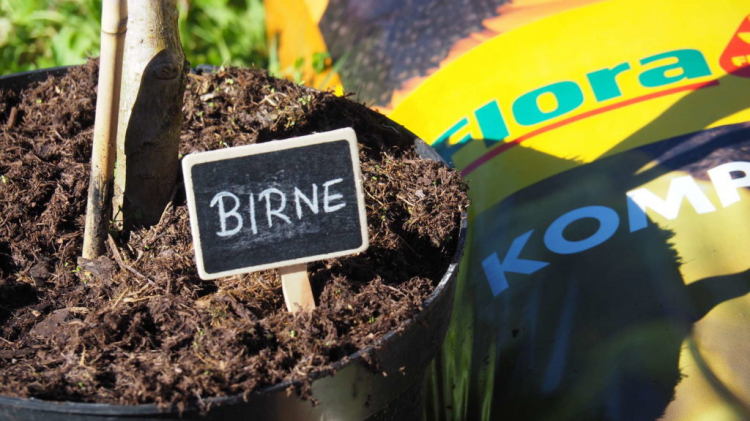Grow Lemon Balm: On The Balcony And In The Garden
Perennial lemon balm is easy to propagate and grow yourself. In the process, a plentiful harvest of the medicinal plant is almost certain.
Lemon balm (Melissa officinalis) is a Mediterranean herb with an exceptionally long life. Twenty to thirty years, the perennial fruity herb can stay in the garden without any problems. It spreads quickly thanks to its enormous vigor and must be kept in check so that it does not take over the entire garden over time. Like sage (Salvia officinalis) or thyme (Thymus vulgaris), lemon balm belongs to the Lamiaceae family of plants.
The characteristic flowers appear from June and attract a number of insects. In addition to cultivation in the bed, the lemon balm is also good to cultivate in the pot. If you rub the leaves of lemon balm between your fingers, a light lemon scent rises to your nose. The aroma is responsible for its popularity as a spice, but the same ingredients also help lemon balm to be effective against inner restlessness or stomach and intestinal complaints. Therefore, the labiates were not by chance already chosen as the medicinal plant of the year. The cultivation of the fragrant herb in your own garden is therefore worthwhile in any case.
Grow Lemon Balm: Step By Step
Table of Contents
- Location: Because of its Mediterranean origin, the lemon balm does not mind a sunny location, even in midsummer. But even with a place in partial shade, the vigor of the perennial herb is not diminished. It can also cope with a certain amount of drought – better, in fact, than if it were in a place that was always too wet. Therefore, when growing in a pot, the soil (or substrate) should be as permeable as possible, but still, have a certain nutrient content to meet the needs of the Labiatae.
- Propagation: To multiply the lemon balm for cultivation in your own garden yourself, various horticultural propagation methods are available:
Sowing
As with almost all herbs, lemon balm seed packets are commercially available. As early as February, the seeds can be sown in a warm house and young plants can be prepared for planting. If you want to sow directly in the bed, this can be done, as usual for Mediterranean herbs, only as soon as the danger of night frosts is over – so from mid-May. Also to be noted: Lemon balm is a light germinator, so the sowing must not be covered with a substrate.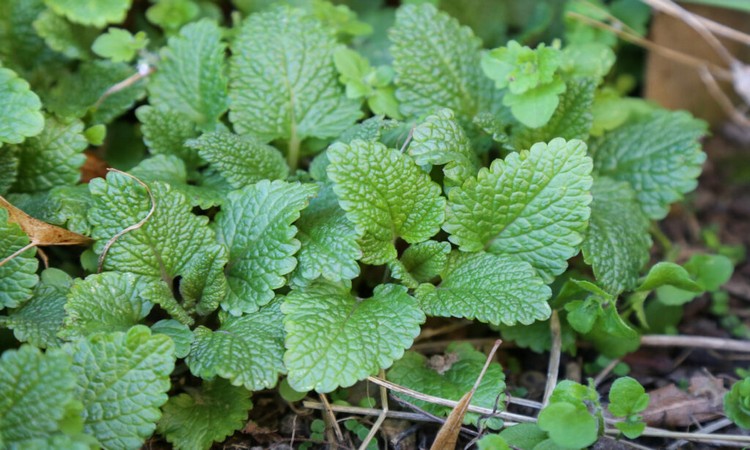
Cuttings
From early summer onwards, perfect temperature and light conditions prevail for propagating lemon balm via cuttings. To do this, simply take the tips of young, succulent shoots, which at this early stage should not yet have any disturbing flowers. Flowers or flower buds are undesirable on cuttings, as they reduce the rooting success. Five to ten centimeters is the optimum length of cuttings. The leaves are removed from the lower section, which is placed in the special cutting substrate. An environment with high humidity, such as can be easily created in mini-greenhouses for the windowsill, favor the formation of new roots on the cuttings.
Division
The lemon balm forms a large number of stolons underground. Therefore, the herb spreads rapidly. In addition, this makes it possible to propagate the labiates simply by division. For this purpose, the time just before the new shoots in the spring is ideal. Existing plants are dug up, divided with a spade and the propagated specimens of lemon balm simply replanted. After planting, it is important not to forget the first watering of the divided plants.
Watering and fertilizing
Lemon balm can withstand a certain amount of drought – it owes this to its original Mediterranean origins. But it is happy about regular watering. When grown in a pot, it may even need daily watering at times, depending on the weather and the size of the planter. But even if too much water is given, you harm the perennial herb. Waterlogging can quickly lead to root fungus infestation, which ultimately kills the plant completely.
Pruning
Thanks to the enormous vigor of lemon balm, there is actually not much to do wrong when it comes to pruning. Even if cut back several times a year, the herb will always sprout again unmolested. However, we recommend refraining from a final radical pruning in the garden year just before winter. The withered parts of the lemon balm are ideal for protecting the overwintering plant organs from frosty temperatures.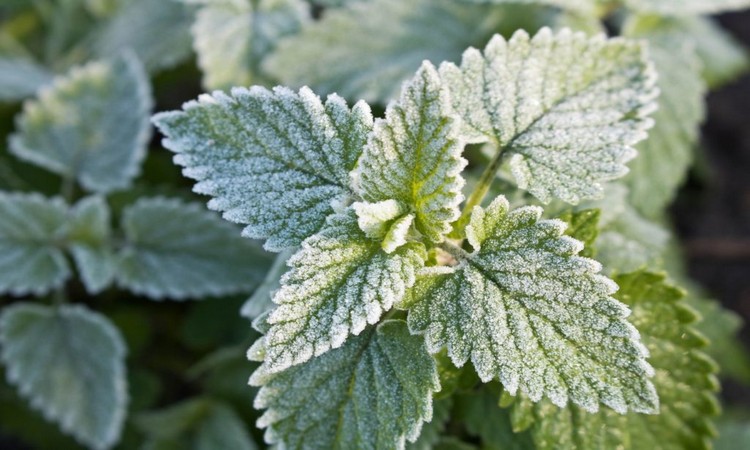
Wintering
As previously mentioned, when growing in a bed, the above-ground plant parts that die back in the fall are excellent for protecting lemon balm from frost damage. In addition, you can still cover with a little foliage or rice. If you have planted the lemon balm in a pot, you can cover it with standard garden fleece or bring it indoors. There, however, temperatures should be around 41 to 50 °F in a more or less bright place, so that the lemon balm has a resting period and saves strength for the new shoots in the spring.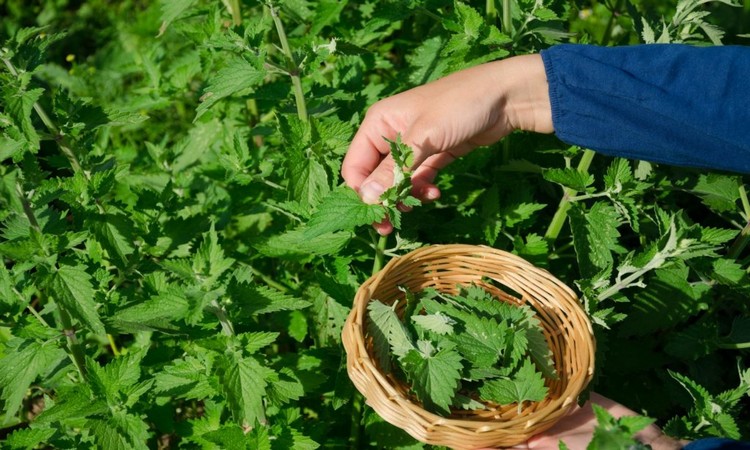
Harvesting
The shoots of lemon balm can be harvested at any time. However, they should be left to grow for a while after the new shoots have emerged. If the harvest is to be stored afterward, it is advisable to tackle this before flowering occurs. The bloom costs the lemon balm namely strength, which is noticeably at the expense of the aroma intensity. In addition, pruning before flowering, which takes up a lot of energy, can delay it. Nevertheless, lemon balm is also edible and tasty if harvested during flowering.
Storage
Lemon balm can be stored in several ways. Because not always the entire harvest of lemon balm also immediately finds a use. However, there are some adequate ways to preserve the aroma of the herb and make it usable beyond the freshly harvested enjoyment.
You might so like: Honeyberry: Varieties, Location And Pruning Of The Fly Honeysuckle
Drying
Lemon balm, like almost any herb, can be excellently dried. However, be aware that this will cause essential oils to dwindle and the aroma to weaken. Still, it’s easy and quick to hang the harvested sprigs upside down in a dry place to air dry for about two weeks.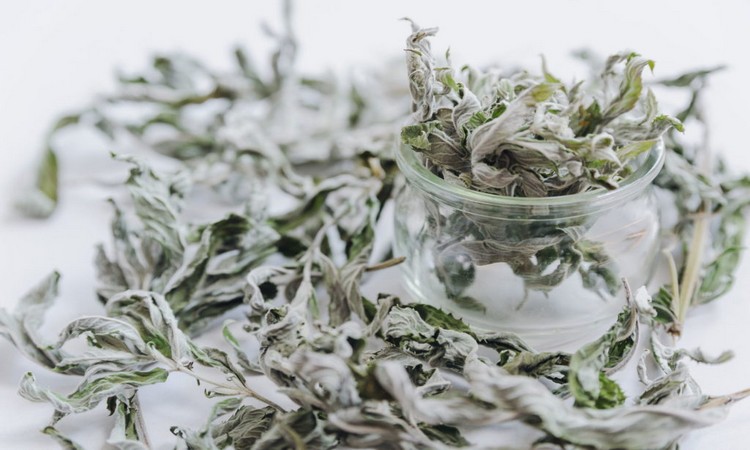
Freezing
An alternative to drying is to freeze the lemon balm leaves. The method is just as quick and easy. Individual leaves from the freezer can find their way into the kitchen as needed. Freezing even offers a clear advantage: the loss of flavors is nowhere near as pronounced as when the crop is dried.
So lemon balm is a grateful and exceedingly flavorful herb. With little care, it can reach a high age and high yields can be obtained. Moreover, the fragrant leaves and ornamental flowers should not be missing in any garden.
